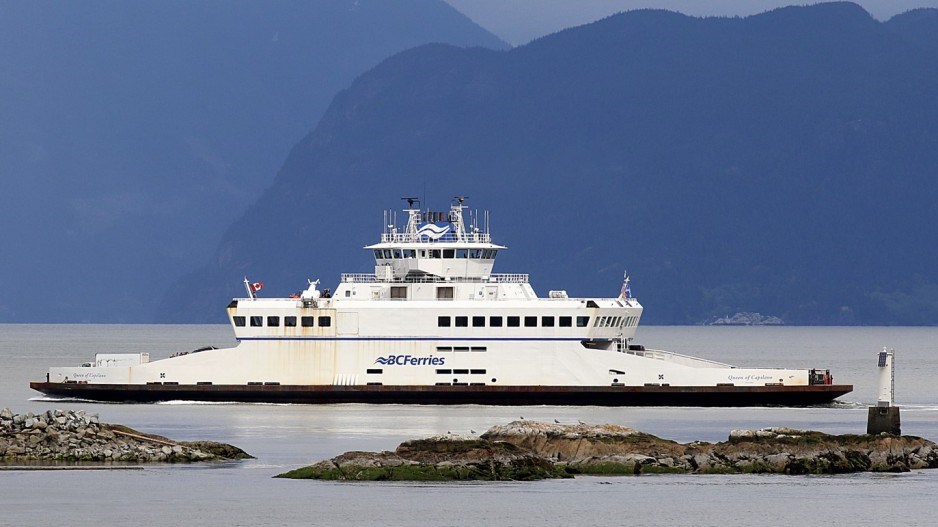International visitors are disproportionately responsible for tourism-spending growth within Canada, with spending increases proportionally more than Canadian-resident tourists for hotels, food and travel.
While domestic travellers outnumber foreign counterparts, and therefore spend more overall, they are spending less on key tourism-sector expenditures – such as accommodation, according to new Statistics Canada data.
Overall tourism spending in Canada in the quarter ended June 30 rose more then 12.8 per cent from the same quarter a year ago, to $21.188 billion in 2012 constant prices, the nation's number cruncher said today.
That increase included a nearly 37.7-per-cent jump in international visitor spending, to $5.365 billion in 2012 constant prices, while domestic tourists' spending growth was only up about 6.4 per cent, to $15.823 billion in 2012 constant prices.
Domestic tourists' penchant to spend less on accommodation was clear, given that in the quarter that ended June 30, they spent $2.025 billion in 2012 constant prices – down 13.35 per cent from the same quarter in 2022. International tourists, in contrast, spent $3.615 billion in 2012 constant prices on accommodation in the quarter ended June 30, up nearly 41.6 per cent from the $1.113 billion that they spent in the same quarter one year earlier
Foreign tourists also were quicker to loosen their purse strings when it came to eating out. Foreign tourists spent $710 million on food and beverages in the second quarter of 2023 in constant 2012 prices, according to Statistics Canada. That is up 38.4 per cent, compared with the same quarter a year ago.
Domestic tourists, in contrast, spent only marginally more on food and beverages in the second quarter of 2023 – $2.251 billion in constant 2012 prices, up about 1.2 per cent from the same quarter one year earlier.
Transportation spending increased significantly for both foreign and domestic tourists in constant 2012 prices but once again the spending growth was higher for international visitors. Domestic tourists spent $7.064 billion in constant 2012 prices on transportation in the second quarter of 2023, up 23.1 per cent from the same quarter one year earlier. Foreign visitors, in contrast, increased their spending on transportation by 32.2 per cent, to $1.135 billion in constant 2012 prices.
On a quarter-over-quarter basis, tourism spending in Canada increased 1.9 per cent in the three-month period that ended June 30, compared with the quarter that ended on March 31. That followed a 2.6-per-cent spending increase in the first quarter, compared with the last quarter of 2022.
Quarter-over-quarter tourism spending growth was driven by a 6.8-per-cent increase in passenger air transport, Statistics Canada said. The rise was partially offset by a 6.9-per-cent decline in pre-trip expenses, such as recreational vehicles, pleasure crafts and camping equipment, it said.
"Employment attributable to tourism rose 1.3 per cent in the second quarter, following a 2.8-per-cent increase in the previous quarter," Statistics Canada said. "Employment in accommodation (up 2.0 per cent) and air transportation (up 3.1 per cent) services were the largest contributors to growth in the second quarter. Tourism's share of employment increased to 3.35 per cent, while overall employment in Canada rose 0.1 per cent."



